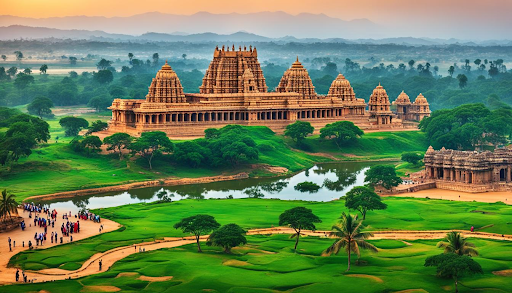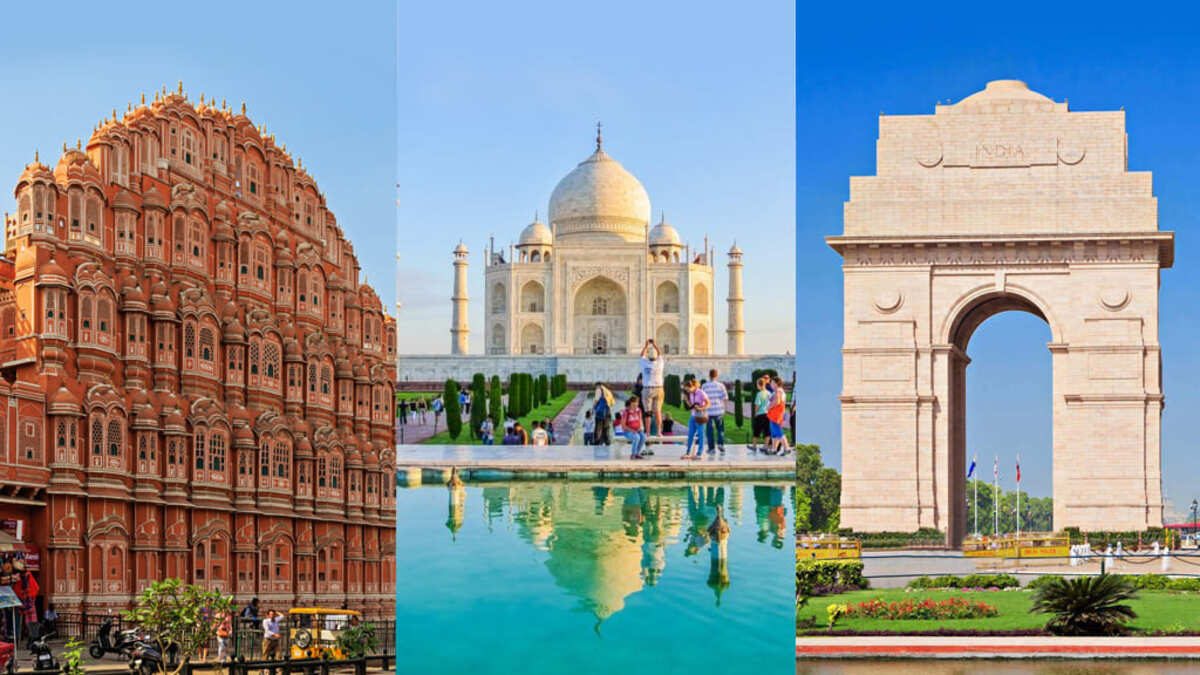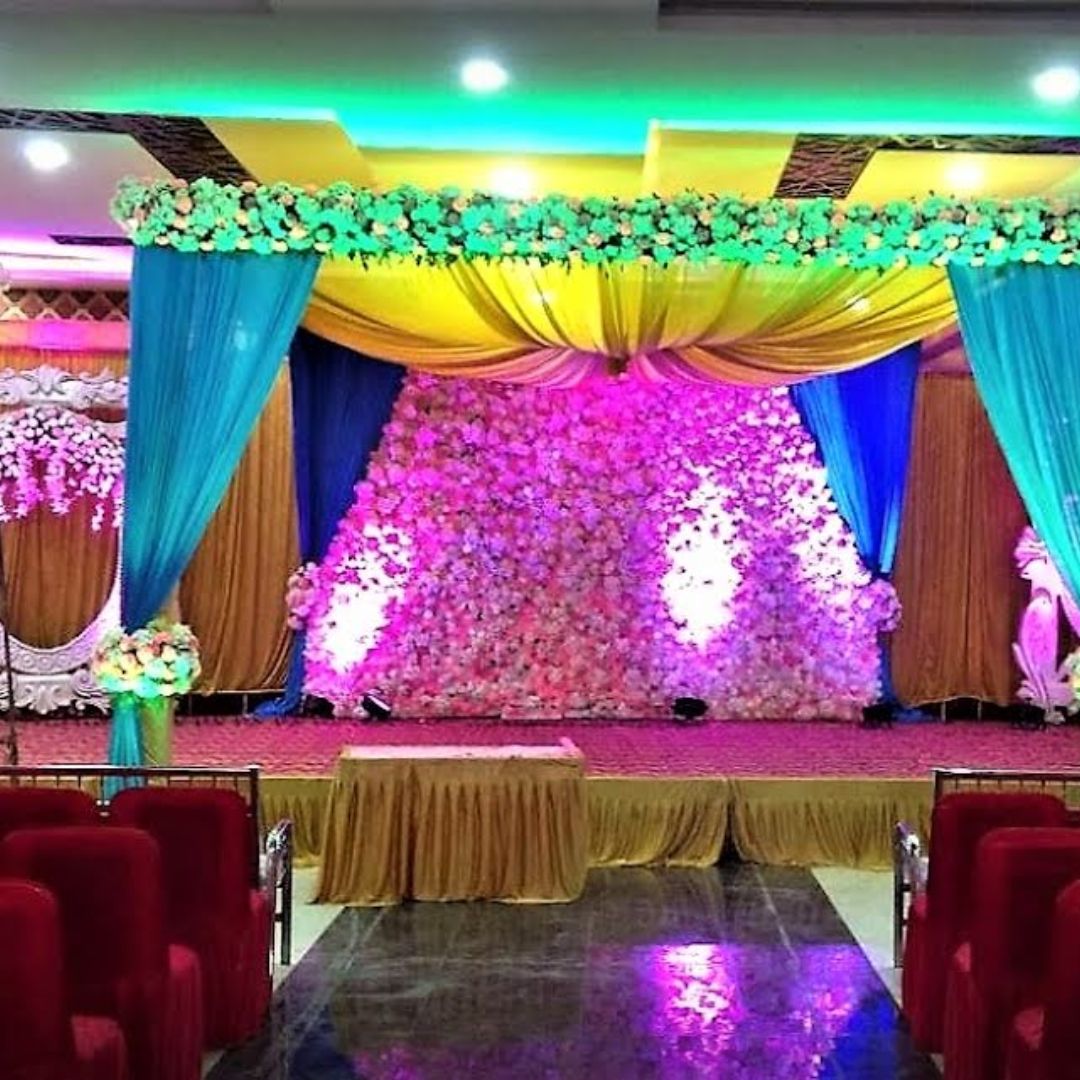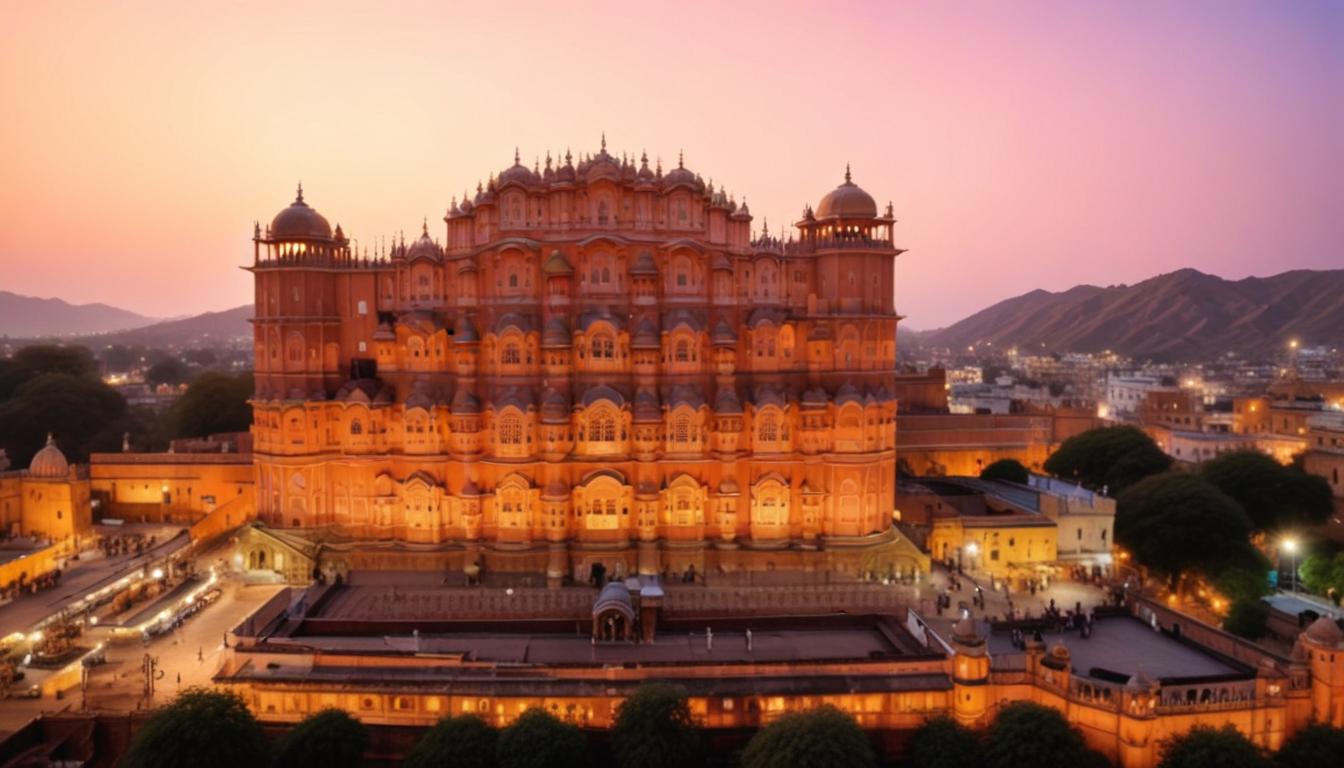Hampi is a treasure trove for travelers with a penchant for ancient ruins and history. Nestled along the banks of the Tungabhadra River in Karnataka, India, Hampi is a UNESCO World Heritage site that evokes awe and wonder. It was once the capital of the mighty Vijayanagara Empire and is now an open-air museum of architectural splendor and historical significance. This article aims to guide travelers through the must-visit places in Hampi, showcasing the historic marvels that make this destination so compelling.
The Majestic Virupaksha Temple
Among the primary places to go in Hampi, the Virupaksha Temple stands out. Dedicated to Lord Shiva, this temple is the oldest functioning temple in the region, dating back to the 7th century. The temple is renowned for its towering gopuram (gateway tower), intricate carvings, and historical inscriptions. The temple complex also houses several smaller shrines and a grand pillared hall. The annual chariot festival, held in honor of Lord Virupaksha, sees an influx of devotees and tourists, making it an ideal time to experience the local culture.
The Enigmatic Vittala Temple
The Vittala Temple is arguably the most iconic Hampi tourist spot. It is famous for its stunning architecture and the magnificent Stone Chariot, which has come to symbolize the artistic brilliance of Hampi. The temple complex is adorned with intricate carvings and features a unique musical hall with columns that produce musical notes when tapped. The temple’s elaborate stone architecture and detailed sculptures transport visitors back in time, providing a glimpse into the grandeur of the Vijayanagara Empire.
The Royal Enclosure
A visit to the Royal Enclosure is a must for history enthusiasts. This area served as the administrative and ceremonial center of the Vijayanagara rulers. The highlights of the Royal Enclosure include the Mahanavami Dibba, a grand platform where the king once held court, and the Hazara Rama Temple, known for its exquisite bas-reliefs depicting scenes from the Ramayana. The Royal Enclosure also features several other structures, including the King’s Audience Hall and the Queen’s Bath, each offering insight into the royal lifestyle of bygone eras.
The Historical Elephant Stables
The Elephant Stables in Hampi are a testament to the grandeur of the Vijayanagara Empire’s military prowess. These stables were used to house the royal elephants and consist of a series of eleven domed chambers, each large enough to accommodate an elephant. The symmetrical design and architectural finesse of the stables make it a fascinating Hampi tourist spot. The stables also offer a glimpse into the importance of elephants in royal ceremonies and warfare during the empire’s peak.
The Sacred Hemakuta Hill Temples
For those interested in ancient ruins, the Hemakuta Hill is a must-visit place in Hampi. The hill is dotted with numerous temples and shrines, some dating back to the early 9th century. The temples on Hemakuta Hill display a variety of architectural styles, making it a captivating site for history buffs. The hill also offers a panoramic view of the Virupaksha Temple and the surrounding landscape, making it a popular spot for photography and sunset viewing.
The Queen’s Bath
The Queen’s Bath is an enclosed structure with a large pool at its center, surrounded by ornate corridors and arched windows. This structure exemplifies the luxury and sophistication of the Vijayanagara rulers. Despite the simplicity of its exterior, the interior of the Queen’s Bath is adorned with intricate carvings and beautiful stucco work. It is one of the most visited places to go in Hampi, offering a glimpse into the royal indulgences of the bygone era.
The Monolithic Statue of Ugra Narasimha
The statue of Ugra Narasimha, a fearsome avatar of Lord Vishnu, is one of the largest monolithic statues in Hampi. Standing at a height of 6.7 meters, the statue is carved out of a single piece of granite and depicts Narasimha in a seated position. This imposing figure, known for its intricate detailing, showcases the sculptural prowess of the artisans of the Vijayanagara Empire. The statue is a significant draw for visitors interested in religious art and Hindu mythology.
The Achyutaraya Temple and Bazaar
The Achyutaraya Temple, though less frequented by tourists, is a gem among Hampi’s ancient ruins. Dedicated to Lord Vishnu, the temple complex is vast and features stunning carvings and Dravidian-style architecture. Adjacent to the temple is the Achyutaraya Bazaar, which was once a bustling market area. Walking through the remnants of the bazaar, with its rows of ancient stone pavilions, one can almost hear the echoes of merchants and buyers haggling over precious goods centuries ago.
Exploring the Riverside Ruins
The riverside ruins are a collection of ancient shrines, carved rock faces, and other relics that line the banks of the Tungabhadra River. This area provides a serene and picturesque setting for exploration. Notable sights include the Kodandarama Temple, the Sugriva’s Cave, and the intriguing rock carvings depicting various deities and scenes from Hindu mythology. A coracle ride along the river offers a unique perspective of these fascinating ruins.
Conclusion
Hampi stands as a testament to the splendor and cultural richness of the Vijayanagara Empire. Its sprawling ruins offer a window into a bygone era of grandeur, spirituality, and architectural brilliance. For travelers interested in ancient ruins and history, the must-visit places in Hampi provide a journey through time, each site narrating its own unique story.
Whether it’s the sacred ambiance of the Virupaksha Temple, the architectural marvel of the Vittala Temple, or the royal remnants of the Queen’s Bath, Hampi has something to offer every history enthusiast. Embrace the allure of this ancient city, and let its ruins whisper the tales of a glorious past as you explore one of India’s most captivating historical treasures.














